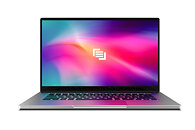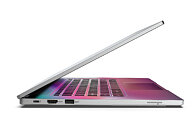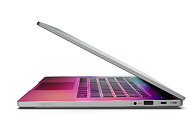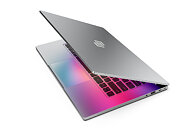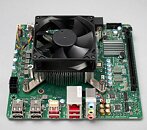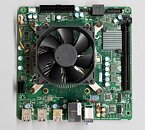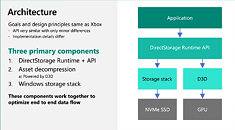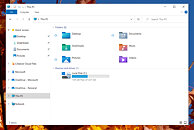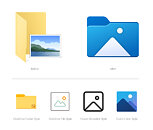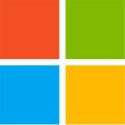
Microsoft Clears Way for Windows 11: Windows 10 Support to End October 14th, 2025
Microsoft has revealed the date when support for Windows 10 is going to end - effectively confirming that their original vision of Windows 10 being "the last Windows OS ever" is now dead. The information comes from Microsoft's own update to Windows 10's support life cycle page, which the company has amended with the final resting date set for October 14th 2025 for both Home and Pro versions of the operating system. Previously, the support life cycle page listed end of support dates for various release versions of Windows 10 - not the entire OS.
Adding this to the announcement that Windows would get a new, "next-gen" update; the related teaser art which omits the shadow of the window crossbar, making the cast shadow look either basically unrealistic (some Raytracing seems to be needed by Microsoft's art personnel) or, infinitely more likely, the omitted shadow serves to approximate the cast shadows as much as possible to 11. No official announcement by Microsoft, but usually 1 + 1 = 2.
Adding this to the announcement that Windows would get a new, "next-gen" update; the related teaser art which omits the shadow of the window crossbar, making the cast shadow look either basically unrealistic (some Raytracing seems to be needed by Microsoft's art personnel) or, infinitely more likely, the omitted shadow serves to approximate the cast shadows as much as possible to 11. No official announcement by Microsoft, but usually 1 + 1 = 2.











